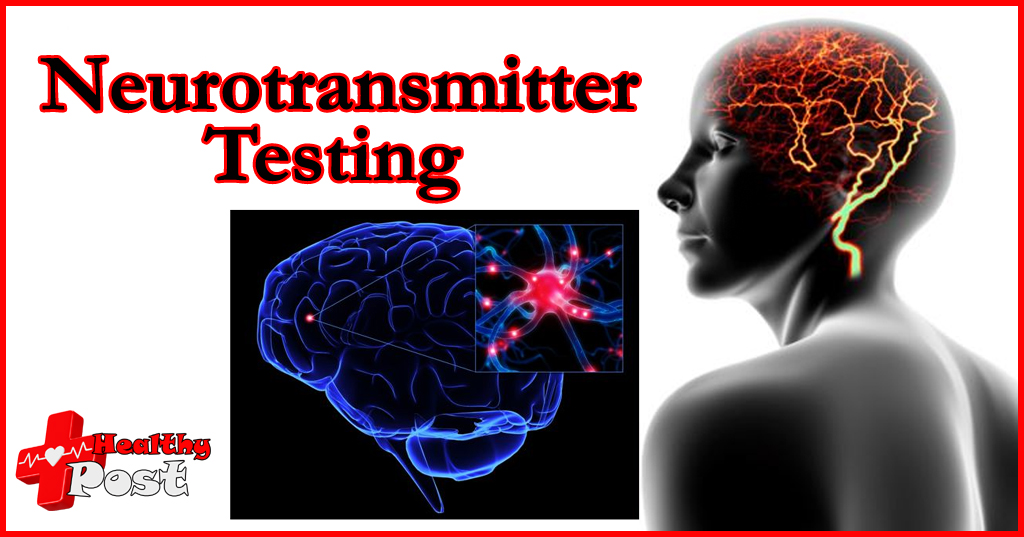
How are neurotransmitter testing levels measured?
Neurotransmitter testing levels usually involves a variety of methods, each with its own specific application scenarios and advantages and disadvantages. The following are some commonly useful neurotransmitter testing methods:
Neurotransmitter detection methods
Blood test**: Assess the status of neurotransmitter function by detecting the concentration of neurotransmitters in the blood, such as dopamine, 5-hydroxytryptamine , etc. This method is simple, but the results may be affect by many factors and are not accurate enough.
Cerebral spinal fluid examination **: Cerebrospinal fluid is obtain through lumbar puncture to test the concentration of neurotransmitters in it, such as dopamine, serotonin, norepinephrine , etc. This method is relatively direct and can provide accurate information on neurotransmitter levels, but the operation may cause pain and complications.
Urine test
It is use to evaluate the level of neurotransmitters by detecting the metabolites of neurotransmitters in urine, such as vanillylmandelic acid , norepinephrine, etc. Urine tests have the advantages of being non-invasive and easy to operate. But the results may be affect by factors such as diet and medication.
Microdialysis
A method with relatively little damage to the tissue being test and high sensitivity. It is widely use to detect various biological molecules in the brain, including the distribution and dynamic changes of neurotransmitters, hormones and other small chemical molecules.
Electrochemical method **: Electrochemical detection methods base on the principle of redox reaction. Such as amperometry, are use to detect the dynamic changes of neurotransmitters that can be oxidize and reduce.

Application of neurotransmitter detection
Neurotransmitter testing is of great value in diagnosing mental illnesses, adjusting drug dosages and treatment plans. For example, in the diagnosis and treatment of mental illnesses such as depression, anxiety and schizophrenia , neurotransmitter testing can help doctors confirm the diagnosis and develop personalized treatment plans.
Notes
When undergoing neurotransmitter testing, patients should follow the doctor’s instructions and cooperate in completing relevant examinations.
Neurotransmitter testing is only an auxiliary means. The final diagnosis and treatment decisions still need to be combine with the patient’s clinical symptoms and the doctor’s professional judgment.
Through the above methods, neurotransmitter levels can be effectively detect, helping doctors better understand the patient’s condition and develop appropriate treatment plans. However, it should be note that neurotransmitter testing is only an auxiliary means. The final diagnosis and treatment decision still needs to be combine with the patient’s clinical symptoms and the doctor’s professional judgment.


One thought on “How are neurotransmitter testing levels measured?”